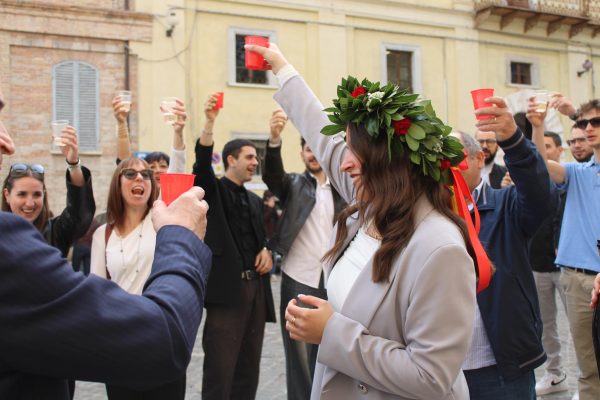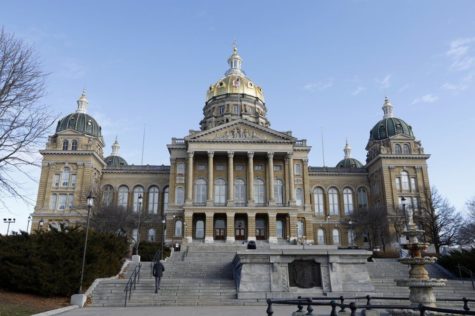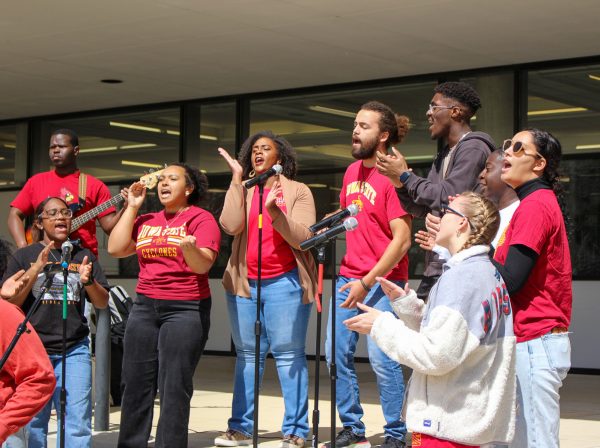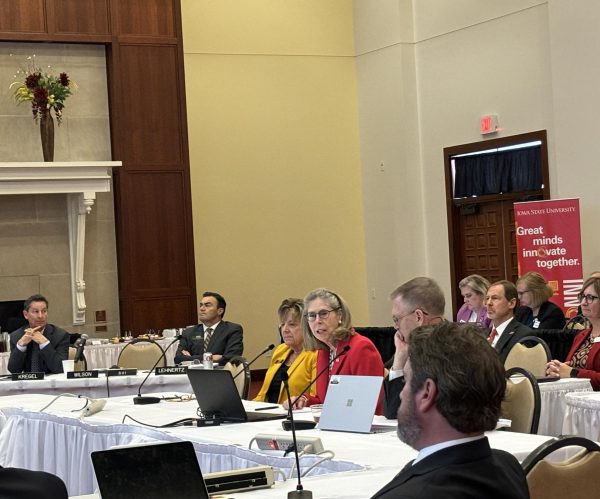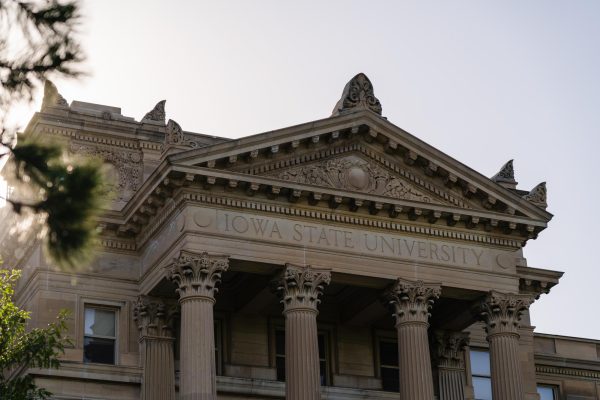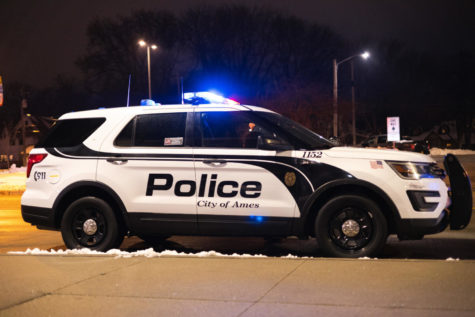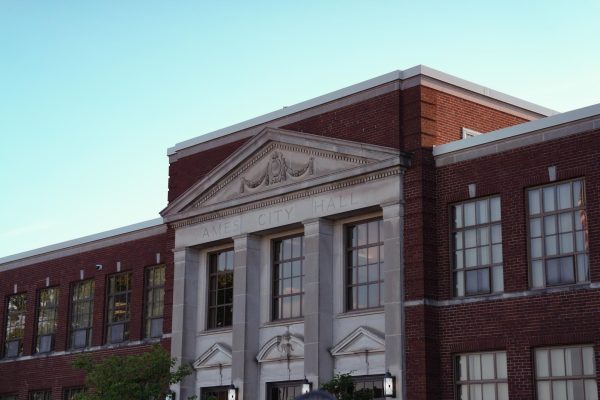“Anything that Moves”: stereotypes perpetuating biphobia
Harmful stereotypes contribute to the invalidation of bisexuality as an identity.
Since its inception in 1999, Bi Visibility Day, an annual holiday celebrated Sept. 23, has served as a way to address the marginalization and experiences of the bisexual community.
The creation and perpetuation of stereotypes surrounding bisexuality as an identity has contributed to bisexual erasure and biphobia. Here are a few stereotypes the bisexual community faces and the perspectives of those in the community.
“Bisexuality is not real; it is just a phase”
A common stereotype bisexual people encounter from people in and out of the queer community is the idea that bisexuality is not real or is a phase.
Taylor Velgersdyk, a sophomore studying environmental science, said being in a relationship or having a crush on a male presenting person invites people to question a bisexual identity.
“People tell me, ‘oh, are you sure you’re bi?,’ ‘are you really confident’ or ‘you’re in a relationship with a guy, do you really still like girls?’” Velgersdyk said.
Susan Harper, director of The Center for LGBTQIA+ Student Success, explains that this stereotype contributes to bisexual erasure. This stereotype involves questioning and denying the existence or legitimacy of bisexuality, according to GLAAD.
“Even in queer spaces, there’s a question if we belong in those spaces, and it’s often based on who we’re with and how that relationship is perceived,” Harper said. “We’re still always bisexual no matter who we’re with.”
“Bisexual people sleep with anyone”
Running from 1990 to 2001, “Anything that Moves” was a magazine that combatted harmful stereotypes, misconceptions and biphobia in a time when bisexual people were largely made invisible.
The first page of every issue contained the bisexual manifesto, which addressed the magazine’s controversial name choice. The editors stated that the magazine’s title was a decision made with the goal of confronting the stereotype that “bisexuals will fuck anything that moves.”
“There is still that stereotype that bisexual people are predatory,” Harper said. “The idea that we are predatory, or we’ll seduce the nice, straight people away.”
This stereotype assumes a harmful and negative stance toward bisexuality, which can lead to confusion and disappointment when it is not met.
“The flip side of it is when you’re like ‘oh, yeah, we’re still friends” and ‘I’m not going to hit on you,’ then it’s like ‘well, why not?’” Harper said.
Harper explains even people who are aware of harmful stereotypes towards gay and lesbian communities fall into stereotyping bisexual and pansexual people. This is because of the image often associated with these sexualities.
“Bisexuality is for men’s entertainment or an experiment”
Men, especially heterosexual men, are prone to sexualizing or fetishizing bisexual and homosexual women.
Harper provided examples such as, “Well, I don’t mind if my girlfriend has a girlfriend as long as I get to watch,” which exemplifies the fetishization of bisexuality, Harper said.
The focus on bisexuality among women due to these ideas also leads to the erasure of bisexual men, who experience the stereotype of “bisexual men are just gay,” according to Harper.
Those who are bisexual end up facing questions that center on the stereotype of bisexuality being something to entertain rather than a real sexuality.
Ashlyn McDougall, a freshman majoring in journalism and mass communication, said she had been asked whether or not she likes girls and if she just fishing for attention.
Bisexuals grapple with the stereotypes around their identity in a variety of ways, but a common phenomenon among women or those perceived as women is the practice of apologizing for their attraction to men.
“People are like, ‘Oh, I still like men, but I promise, like, I’m still queer enough,” Harper said.
Harper said apologetic statements are used to combat the stereotype that bisexuality is something women do for men’s entertainment or is another form of saying a person is experimenting.
“Bisexuality is 50/50”
“I wish more people would know that it’s very fluid and this can be generalized for a lot of people,” Velgersdyk said. “Sometimes I like guys or girls more, but it’s not always 50/50.”
McDougall shared similar views surrounding this stereotype.
“Everyone is different,” McDougall said. “I feel like people expect you to ‘choose’ which gender you’re more attracted to, and I feel like that can be harmful to bisexual youth.”
The Reality
When discussing LGBTQ+ discourse in the mainstream, it forces the larger community and queer community into the concept of a sexual binary, where homosexual or heterosexual orientation is the only option, according to The Trevor Project.
“If you want me to put a label on it, I’ll say bisexual just because it feels most comfortable, but I think it’s easy just to say I like all people,” Velgersdyk said.
Applying this system of binaries to bisexuality contributes to stereotypes and misconceptions that impact how those who are bisexual view their identity and explain it.
“It’s important to be able to have those conversations and allow people to have their truth because every bisexual person experiences it differently and describes it differently, which is what I think freaks people out,” Harper said.
Velgersdyk and McDougall shared that having a queer friend group with other bisexual women has been helpful and creates an accepting community.
“Knowing about other’s journeys with coming to terms with their sexuality has helped me embrace mine… it just makes me feel less alone,” McDougall said. “In my experience, people usually take it well, and they usually understand it easily, which is so cool.”
Your donation will support the student journalists of the Iowa State Daily. Your contribution will allow us to purchase equipment, send our student journalists to conferences and off-set their cost of living so they can continue to do best-in-the-nation work at the Iowa State Daily.



